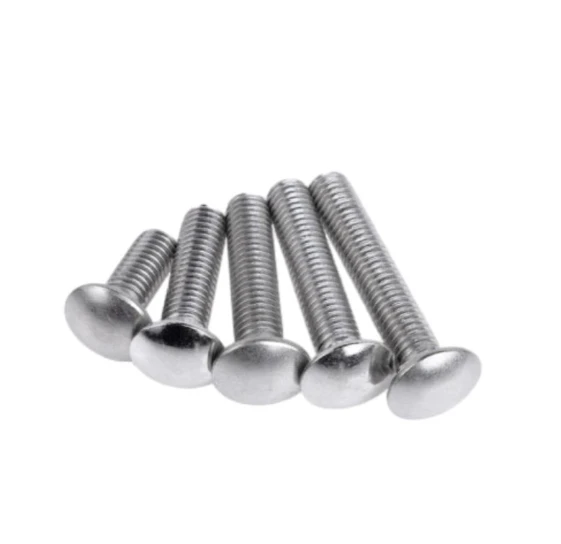Dec . 07, 2024 18:26 Back to list
bolt sizes
Understanding Bolt Sizes A Comprehensive Guide
When it comes to mechanical engineering, construction, and various assembly tasks, bolts are one of the most essential fasteners used across different industries. They play a crucial role in holding together machinery, structures, and equipment, ensuring stability and safety. However, choosing the right bolt size is vital for optimal performance and reliability. In this article, we will delve into the significance of bolt sizes, how they are measured, and factors to consider when selecting the appropriate bolt for your project.
What Are Bolt Sizes?
Bolt sizes refer to the dimensions and specifications of bolts, which include the diameter, length, thread pitch, and grade. The size of a bolt is critical because it determines its strength, load-bearing capacity, and compatibility with other components in assembly. Understanding the dimensions and classifications of bolts is essential for anyone involved in construction, engineering, or DIY projects.
Measuring Bolt Sizes
1. Diameter The diameter of a bolt is typically measured in inches or millimeters and is one of the most crucial specifications to consider. Bolt diameters typically start from 1/4 inch and can go up to several inches, depending on the application. The diameter can also refer to the nominal diameter (the standard size) or the actual measured diameter.
2. Length The length of a bolt is measured from the bottom of the head (the rounded or flat part) to the end of the bolt. It is essential to select the correct length to ensure adequate thread engagement and prevent stripping or loosening due to vibration.
3. Thread Pitch Thread pitch refers to the distance between threads and is usually measured in threads per inch (TPI) for imperial bolts or millimeters for metric bolts. It is important to consider the thread pitch when selecting bolts, as it affects how the bolts fit into the corresponding nut or tapped hole.
bolt sizes

4. Grade Bolts come in various grades, which indicate their tensile strength and load-bearing capacity. Common grades include Grade 2, Grade 5, and Grade 8 in imperial sizing and 8.8, 10.9, and 12.9 in metric sizing. The grade not only affects the strength but also the material properties, such as hardness and corrosion resistance.
Factors to Consider When Selecting Bolt Sizes
1. Load Requirements One of the primary considerations when choosing a bolt size is the load it needs to support. Understanding the weight and force that the bolt will bear is vital to ensuring that it is up to the task. Overloading a bolt can lead to failure, which can be catastrophic in structural applications.
2. Material Compatibility Different materials react differently to various types of stress, environmental conditions, and loads. It is crucial to select a bolt that is compatible with the materials being fastened together to prevent issues such as corrosion, fatigue, and stress concentrations.
3. Environmental Conditions The environment in which a bolt will be used also plays a significant role in its selection. Factors such as exposure to moisture, chemicals, extreme temperatures, or vibration can influence the choice of bolt size and material. For instance, stainless steel bolts may be more suitable for corrosive environments.
4. Assembly Method The way bolts are installed can dictate the size needed. Power tools may require bolts with a specific head design, while hand tightening might allow for more leeway. The assembly method should be taken into account when determining the bolt size.
Conclusion
Understanding bolt sizes is fundamental for engineers, builders, and DIY enthusiasts alike. Selecting the correct bolt, with the appropriate diameter, length, thread pitch, and grade, ensures the safety and reliability of any assembly. Always consider load requirements, material compatibility, environmental conditions, and assembly methods to make informed decisions. With a solid grasp on bolt sizes and their implications, one can achieve successful, durable constructions and installations that stand the test of time.


